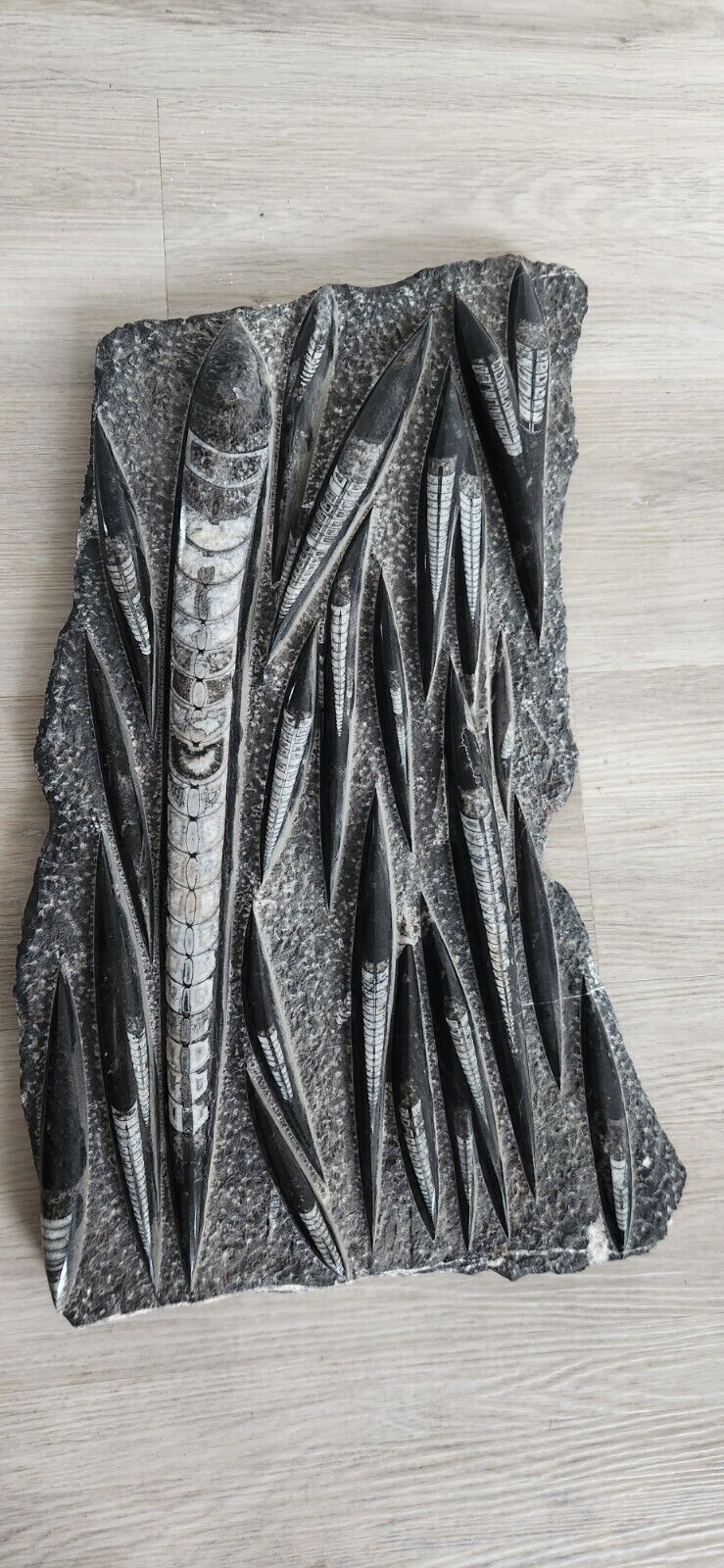-40%
Jimbacrinus Bostocki / Australian Crinoid...Like a Sentinel from "The Matrix"...
$ 974.15
- Description
- Size Guide
Description
Jimbacrinus Bostocki / Australian Crinoid...Like a Sentinel from the movie "The Matrix", this Crinoid is quite an impressive unique specimenDimensions
Height: 3 Inches; Width: 4 Inches; Depth: 1 3/4 Inches
Description
Jimbacrinus Bostocki / Australian Crinoid
Like a Sentinel from the movie "The Matrix", this bizarre looking Crinoid is quite an impressive and unique specimen.
Jimbacrinus Bostocki had five tentacle like arms it used for grabbing small sea creatures and other particles to feed upon.
This specimen has been meticulously prepared, including even one of its tentacles having been relieved of all matrix. The calyx main body and stem attachment are completely clean of matrix as well, giving the creature an almost life-like appearance. For someone looking for something unusual for their collect. A display stand is included.
Species: "Jimbacrinus bostocki"
Specimen Measurements: ~ 4"long x 3" x 1-3/4" thick
Time Period: Permian / ~ 280 myo
Location:: Western Australia
Crinoids began life some 530 million years ago. They are plant-like sea creatures, some of which either root themselves underwater or gently float along the sea bed, gathering tiny organisms for nourishment. Crinoids often resemble flowers planted in the sea floor, giving them their name from the Greek word for "Lilly." Crinoids are remarkably adaptable animals and they are a good example of what is referred to as a "living fossil", as many different species live today but only deep in our seas and oceans.
A simple breakdown of a Crinoids anatomy consists of... The Stem which is segmented, flexible and composed of a number of roundish ossicles which are held together by soft tissues. The entire length of the stem is hollow, similarly to a straw. However, that is where the nervous system is located. Attached to the base of the stem are roots which some types of Crinoids use to attach themselves to the sea bed. The Calyx is a small section located under the arms. Much of a Crinoids vital organs, including its mouth and anus are located in the calax. The Arms, are feeding tubes which extend out from the Calyx and deliver microscopic particles to the creatures mouth.
Whereas most Crinoids either root themselves or are free floating, some actually have the ability to slowly walk the ocean floors.
With their delicately flowing and simplistic forms, Crinoids are remarkably beautiful and intriguing creatures.
During the Mississippian, a warm and shallow coral sea teeming with Crinoids covered what is now Indiana and Illinois. The remains of the Crinoids that lived and died here over the ages became fossiliferous limestone.
Those interested in seeing the remnants of these bizarre creatures can collect the disk-like sections of their stems which wash up on the southern beaches of Lake Michigan. More rarely, complete examples of more than 60 different species of Crinoid can be found in Montgomery County, Indiana. Specimens from this area are prized by collectors for their excellent preservation and fine detail.












